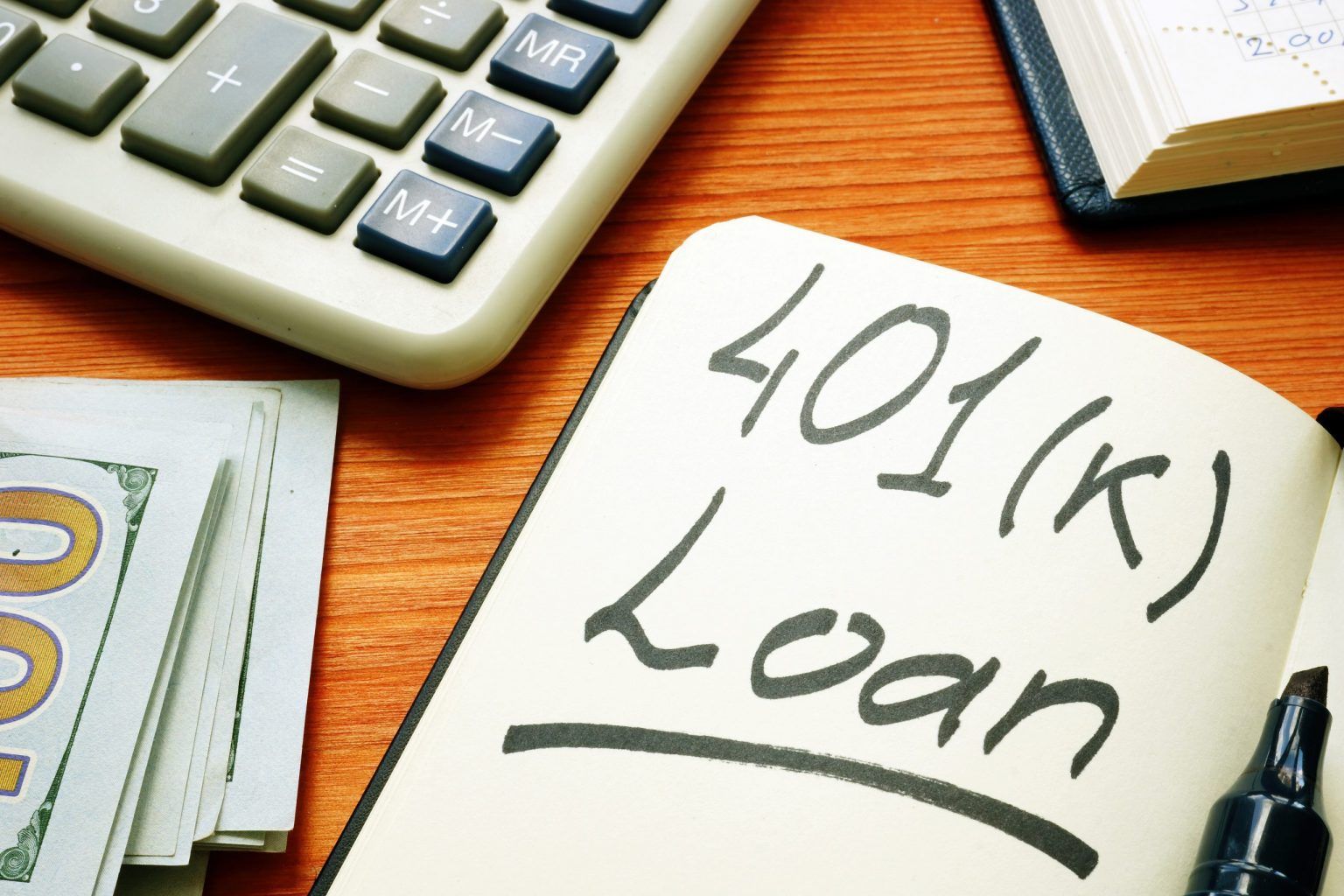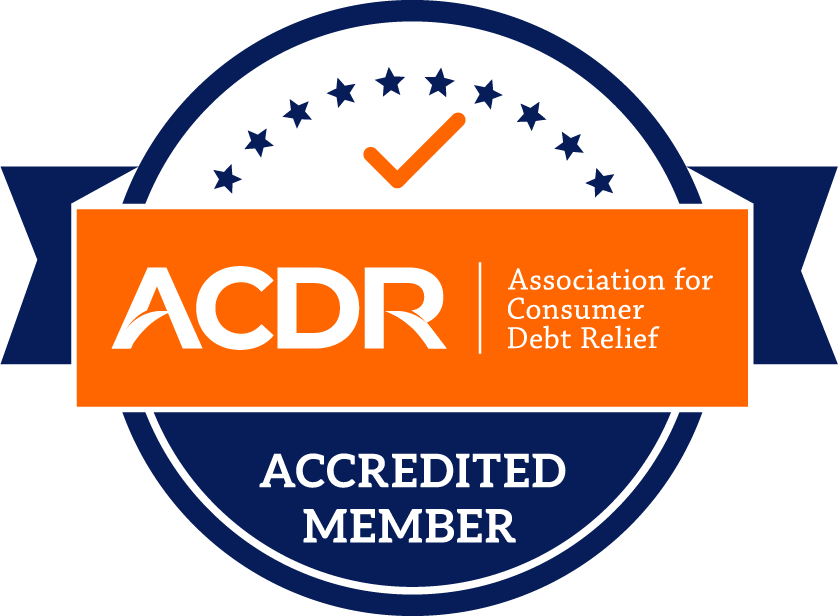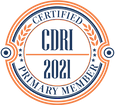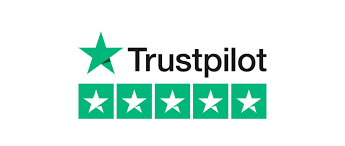Additionally, 90% of employers that offer the 401k plan benefits will make matching contributions to it. Employers can choose to match employee contributions as part of a 401k plan employer match, usually up to a certain percentage of the employee’s paycheck. This means that your employer matches all the money you contribute. The limit will go anywhere from 3% and 6% of your annual income and the match can go from 50% to 100% of your contributions. You need to take advantage of the plan once you know that your employer offers the 401k plan benefits, by contributing as much as you possibly can to it. Due to inflation, general cost-of-living along with the IRS contribution, the limit on 401k plans retirement increases.
401k Plan
When for the right cause, it isn’t necessarily too bad an idea to take a short-term loan from your 401(k), if repaid in timely fashion. It can be advantageous to borrow from your 401(k) plan due to cost advantage, repayment flexibility and because anything extra you ever have to pay to it – such as interest and fees – goes right into your 401(k) plan for your own self, plus it’s convenient and quick. Start New Financial will help.
Supplemental Pension
401(k) plans are tax-advantaged, company-sponsored retirement accounts that are defined-contribution and employees can contribute to it. Employers may even contribute to it to the point of also matching contributions to secure your old age retirement.
Two Basic Types
The two basic types of 401(k) plans are the traditional one and the Roth one, and they differ primarily in how they’re taxed. One thing’s for certain, they both are great supplements to your pension and as emergency funds that benefit you very much.
Traditional 401(k)
In a traditional 401(k), your employee contributions reduce your income taxes for the year they are made, but all withdrawals you make are taxed. However, the taxes and fees you’re charged go to you, to the same 401(k) plan.
Roth 401(k) Plan
Employees with a Roth 401(k) plan make contributions with post-tax income but their withdrawals from it are tax-free. It combines features from a traditional 401 (k) plan and a Roth IRA. It ideally supplements a pension plan for good retirement.
What is a 401k Plan?
What is a 401k plan, you’d like to know? This blog will let you understand what is a 401k plan. A 401k plan is a retirement savings account that allows you the tax advantage of deferring paying income taxes on contributions until your retirement. 401k plan benefits are mainly available through an employer. There are a few different types of 401k plan benefits. If you who can’t participate in an employer-sponsored 401k plan retirement, self-directed 401k plans do exist as well. 401k plans receive special treatment from the IRS. Contributions to a 401k plan are made as pre-tax deductions during payroll and the resulting interest, dividends, and capital gains, all benefit from tax deferment.
Assets in a 401k plan benefits grow tax-free and usually won’t be taxed until during retirement. Contributions of a certain percentage of their pre-tax salaries can be made by employees, sometimes called plan participants, to their 401k plan retirement. However, it is possible for employers to set limits on the percentage of their paychecks that employees can contribute to 401k plan benefits, in addition to the annual limit set by the IRS.
Through company matching programs, your employer can contribute up to $38,000 to your 401k plan retirement. In 2021, the deferred personal contribution limit for a 401k plan is $19,500. The catch-up contribution limit on 401k plan benefits for employees over the age of 50 in 2021 is $26,000. You may have to pay a 10% federal tax penalty for early withdrawal for funds withdrawn from your 401k plan retirement before age 59 ½, and they are taxed as ordinary income. You will only pay taxes on your contributions and earnings when you withdraw money from your 401k plan retirement. Your withdrawals from your 401k plan retirement are taxed as income (not capital gains), but as most people are in a lower tax bracket in retirement than when in the workforce, this creates a significant tax advantage. Start New Financial estimates your tax rate in retirement will be 19% vs your current estimated tax rate of 31%.
A 401k LOAN PLAN
This is what you need to know about 401k loan plans and withdrawals.
Thinking of taking money out of a 401k plan?
Most times, 401k loan plans are an option only available for active employees. So that you don’t set yourself back, you need to take steps to keep your retirement savings on track if you opt for a 401k loan plan or withdrawal. Always try to pay off your 401k loan on time and in full and avoid borrowing more than you need or too many times.
And continue to save for your retirement. Loans and withdrawals from your 401k workplace savings plan are different ways to take money out of your plan. Some people choose to take out a 401k loan plan to consolidate their credit card and unsecured debts to pay those older, higher-interest rate debts as a debt consolidation plan.
CALL START NEW FINANCIAL TODAY TO SPEAK WITH A CERTIFIED DEBT SPECIALIST
Start New Financial is a world-class financial leader in the specialization of all kinds of debts and the gold standard in solving consumers’ debt problems. We gladly help you start your most important journey towards financial freedom. Call TODAY!
It’s not always the smartest choice to borrow against your 401k
401k loan plans have specific terms and conditions as outlined by the IRS.
- You will need to repay the loan money with interest because it has an interest rate.
- You may be required to pay the full outstanding balance if you leave your job with the company that you have your 401k through.
- A term of 5 years is always attached to them
- It is at least quarterly that payments must be made
- 50 percent of your vested account balance OR $50,000, whichever is less, is the maximum loan amount
Money taken out of your 401k is generally tax exempt, including money taken out through a 401k loan. The money from the loan would be considered as a distribution from the IRS if you were to leave the company, in which case an immediate tax penalty awaits you as outlined below.
NOTE: On January 1, 2020, new retirement fund rules were issued through the SECURE Act, stipulating that funds from a 401k loan cannot be withdrawn directly to a credit card or “similar lending structure.”
The money will generally not be taxed when you take out a 401k loan. You could, nevertheless, face taxes if you break the terms of the loan as outlined above, including:
- Quitting the job from the employer where your 401k plan was provided
- Not making at least the quarterly payments on the loan
If you are over age 59½, then you do not face a withdrawal penalty on a 401k plan.
Withdrawal penalties for taking money from your 401k
Hardship withdrawals from a 401k carry a 10 percent withdrawal penalty. For instance, if you take out $40,000 from your 401k plan as a hardship withdrawal to pay off your credit card debt, then you’ll pay a whopping $4,000 penalty.
Just remember that it is to yourself over time, with interest, that you pay back the loan payments into your account when you borrow money from your 401k retirement savings plan. Your money is permanently removed from your retirement savings for your immediate use when you do a withdrawal from your 401k plan retirement, but you’ll have to pay extra taxes and possible penalties.
Instead of using your 401k to pay off your credit card debt, you should…
You should always first explore other options for debt relief before you consider taking money out of your 401k plan benefits, such as exploring Start New Financial’s debt settlement program. There are various debt relief solutions that a good debt settlement company can help you with, to save you money and avoid any retirement delays:
- Debt settlement
- Debt consolidation
- Debt management
- Credit counseling
To familiarize yourself with these options and receive all the necessary debt help professionally, talk to a certified credit counselor at a debt relief agency like Start New Financial. Your budget and debts will be thoroughly reviewed by them and they will explain all your available options for relief. These are free phone consultations that let you get an expert opinion on your best option to wisely get out of debt without incurring another bill.
Different Types of 401k Plans
A Safe Harbor 401k Plan
A Safe Harbor 401k plan is a type of plan that ensures all company employees have some set of minimum contributions made to their individual 401k plans retirement, regardless of their length of service, compensation, or title, and is also tax-deductible.
That it also helps companies pass IRS antidiscrimination tests is one major perk of this particular 401k plan benefit – which is one of the checks that the IRS puts on 401k plans retirement to make sure they’re equitable to all employees. Ultimately, it reduces administrative overhead you’d have to take on and it’s also a nice thing to do to help employees save more money in their retirement funds.
A Profit Sharing Plan
A defined contribution plan where the employer is granted the responsibility of determining how much contribution the plan receives from her/his company and when is called a profit-sharing plan that technically is not a 401k plan. The amount allocated is usually based on the employee’s level within the organization or her/his salary level.
A profit sharing plan does not allow employees to make contributions as a 401k does; the employer is the only one who can make contributions to the plan. Companies aren’t obligated to contribute a set amount; the amount instead is completely based on their discretion. Many business owners use profit sharing as a great way to motivate and reward employees while saving on corporate taxes as well.
A Solo 401k Plan
A Solo 401k plan is not for everybody, but if you’re a sole proprietor it can be a great option. You can qualify for a Solo 401k plan if you are not simply an early stage company and see yourself expanding your business to hire other employees.
This type of plan does not apply to your spouse, which can be a major benefit; that is, your spouse is allowed to participate in the plan. For the two of you, you can each contribute a maximum of $18,500, plus 25% of your net income, and cannot exceed $53,000 each. So, as a couple, you guys can save up to a total maximum of $106,000 per year in a Solo 401k plan!
A SIMPLE 401k Plan
A SIMPLE 401k plan is an ideal retirement plan for self-employed professionals or business owners who have less than 100 employees. This stripped-down, simplified version of a traditional 401k plan is an efficient and cost-effective way to offer benefits to your employees. A SIMPLE 401k plan is a combination of the features of the simplicity of a SIMPLE IRA and of the traditional 401k. However, eligible employee participants of a SIMPLE 401k plan cannot receive contributions or accruals with any other employer-sponsored retirement plan. Employer contributions must be fully vested with a SIMPLE 401k. You should now have a complete understanding of what is a 401k plan. Call Start New Financial for help with any unsecured debts and we’ll make you debt-free for less in no time.
Get a Free Debt Assessment
Simply fill out the form and one of our debt resolution experts will contact you. Soon, you’ll be on your way to a debt-free life!







